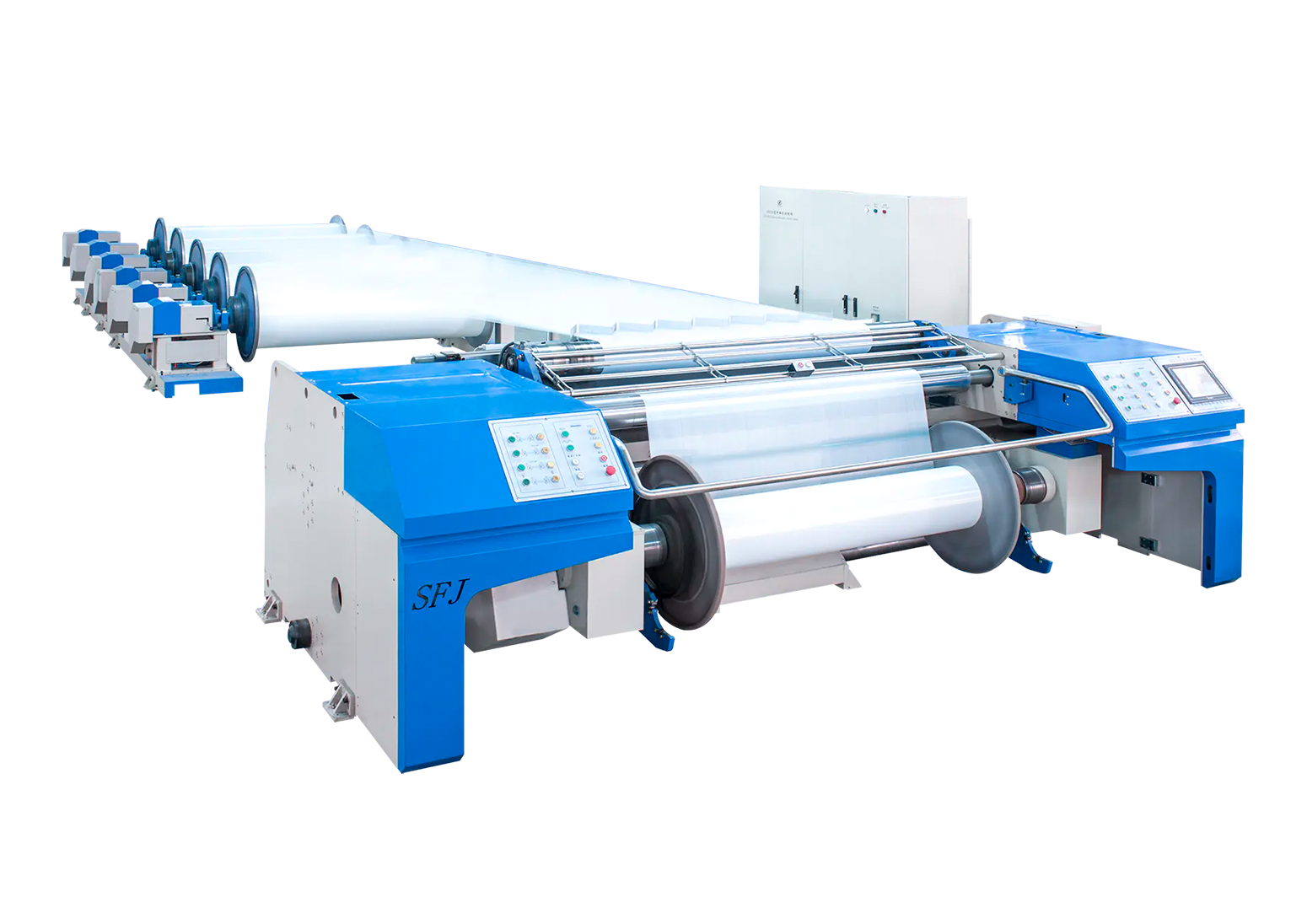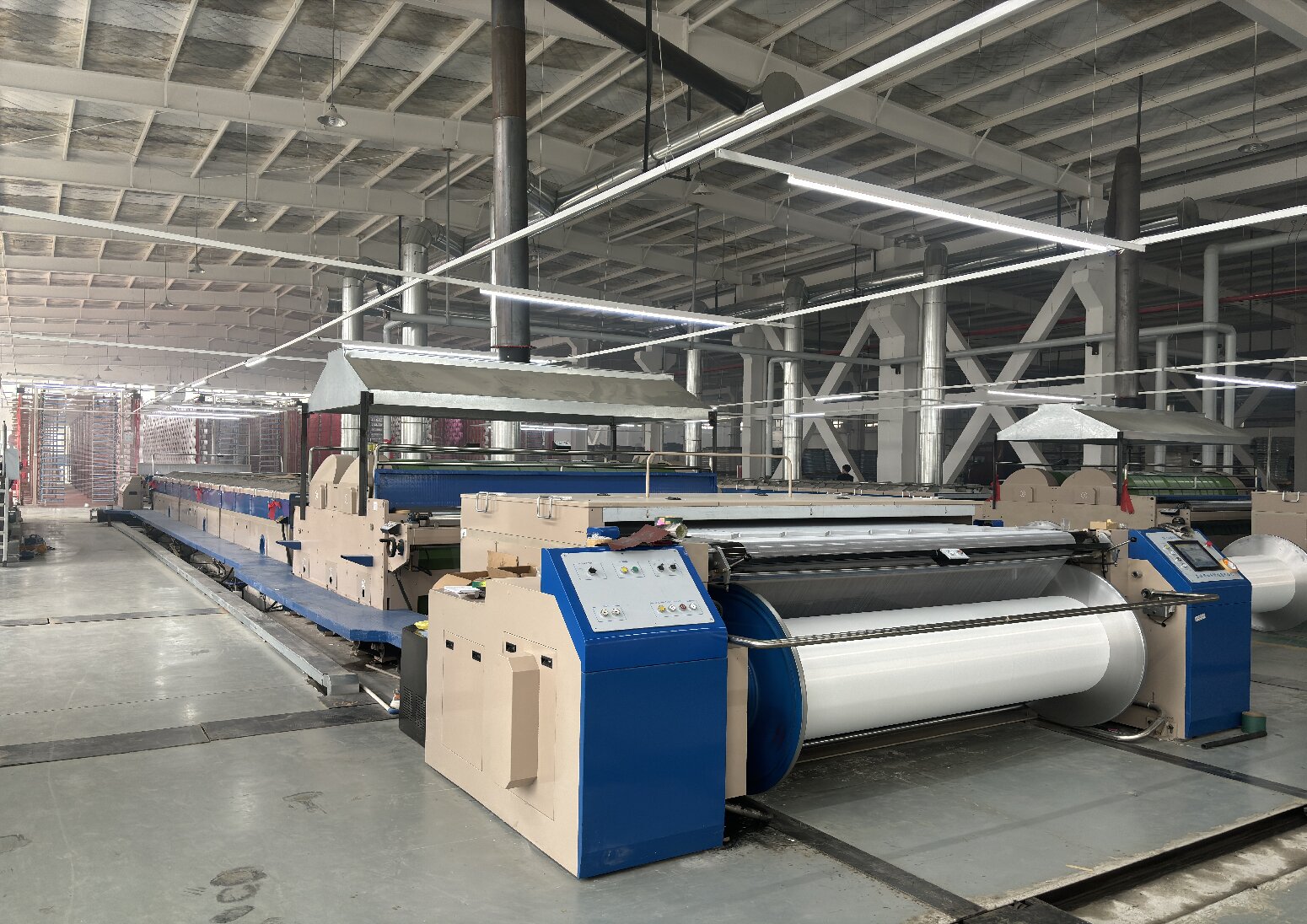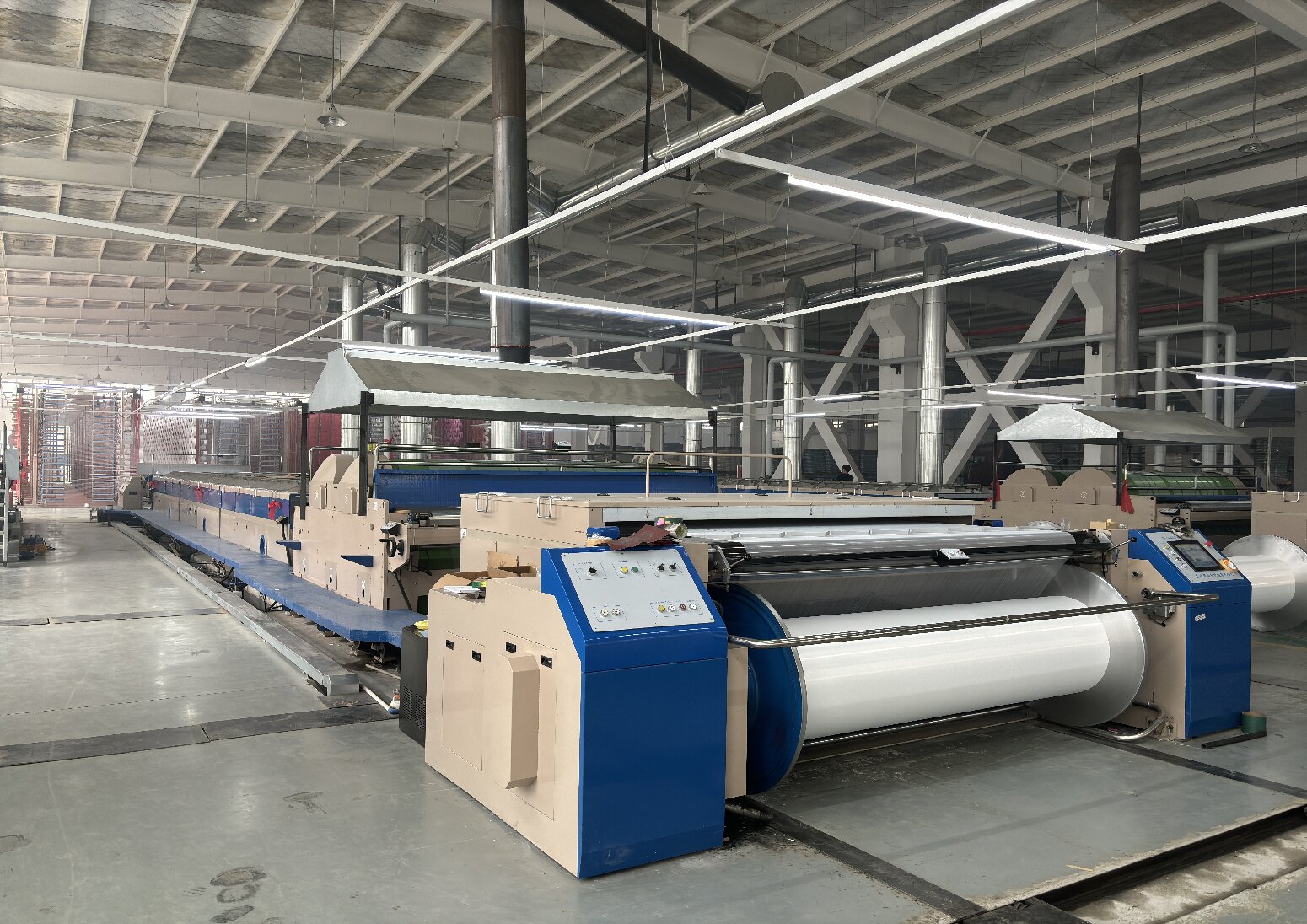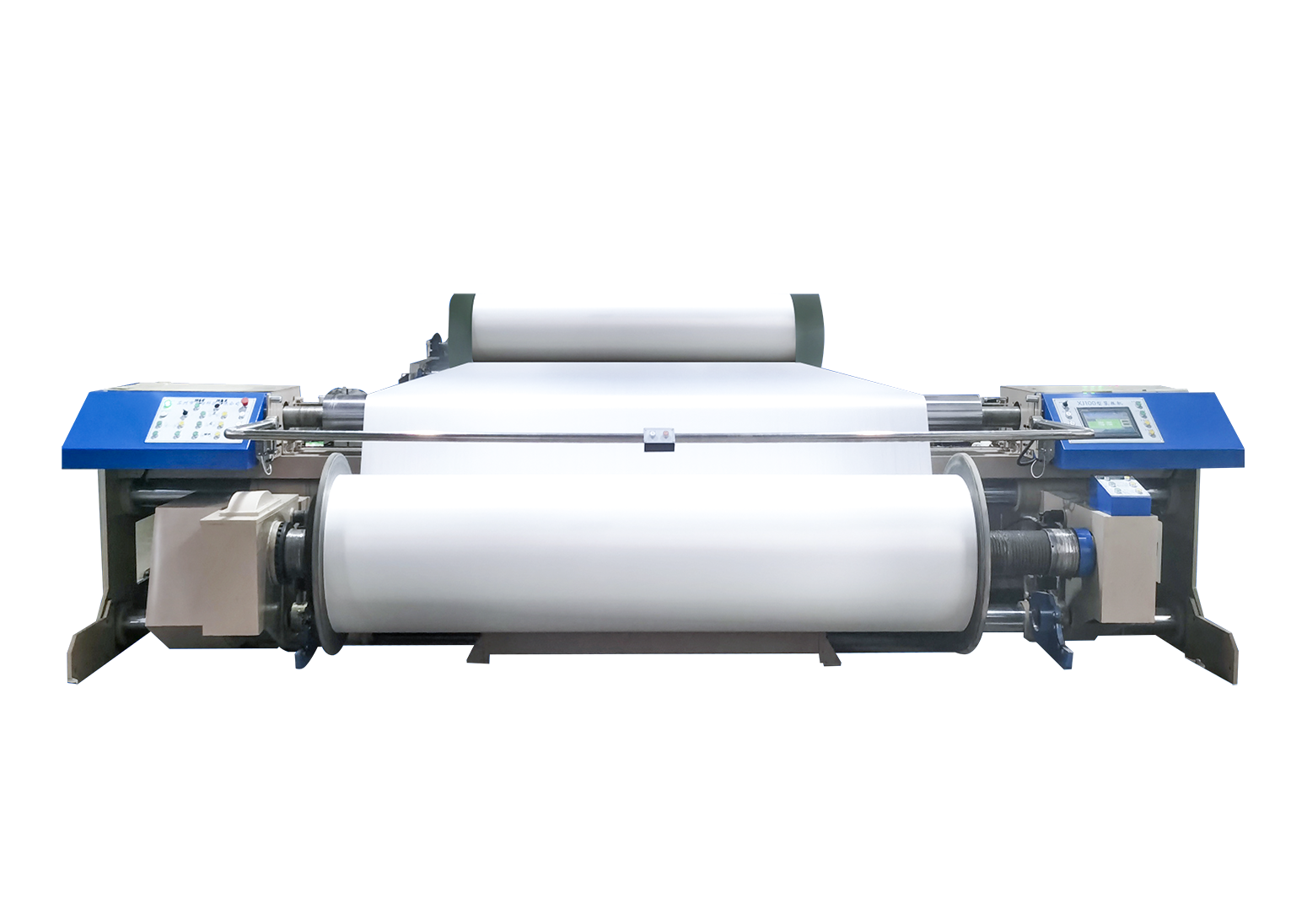Related Industries Of Textile Machinery
The textile machinery manufacturing industry is divided into two categories: one is to manufacture the whole machine, and the other is to manufacture special spare parts (such as spindles, cradles, steel rings, traveler rings, knitting needles, card clothing, healds, warp stoppers, etc.) film, etc.). The special equipment for manufacturing the whole textile machinery factory accounts for a small proportion of the whole factory equipment, so under certain conditions, it can change varieties to produce other machinery. The proportion of special equipment and special assembly lines in the factory for manufacturing special spare parts is relatively large (especially knitting needles and card clothing), and it is difficult to change varieties. Among various processing types, the proportion of casting workers is gradually shrinking, and the proportion of cold stamping, grinding, electroplating, polishing, etc. is gradually increasing. CNC machine tools and multi-station automatic machine tools partially replace special-purpose machine tools, which enhances the adaptability and flexibility of production.
Textile machinery is highly technological, with complex structures and many parts. It needs to be pre-assembled or partially assembled before leaving the factory, and then undergo production tests or partial production tests to ensure that the quality of the machines meets the requirements. All textile machinery factories have well-equipped testing departments.
There are many kinds of parts in textile machinery, such as 1200-1500 parts of double-needle cylinder hosiery machine, and the processing procedures of parts are various. If a factory produces multiple machines at the same time, it is necessary to properly arrange the production rhythm and connection of parts to ensure that the final assembly line can provide the types and quantities of parts required for the entire machine assembly on schedule. The modern textile machinery industry mostly adopts new management methods and methods such as computers and system engineering to manage enterprises.
The textile machinery industry and many other industrial sectors are interdependent and mutually reinforcing. For example, the steel for making knitting needles requires good extensibility, toughness, necessary hardness, rigidity and elasticity, which requires special steel for smelting and rolling in the metallurgical industry. The supporting textile machinery requires the motor industry to provide motors with special functions, such as torque motors and stepping motors; textile-specific motors with high starting torque, high working time rate, and ability to withstand harsh environments; DC motors and variable frequency motors with good speed regulation performance Wait. The electrical and electronic industry is required to provide high-quality components that can withstand 8,000 hours of continuous operation per year and more complex automatic control devices, microprocessors, and microcomputers. It is necessary for the petrochemical industry to provide oil-resistant synthetic resins that can be soaked in lubricating grease for a long time without deformation and are better than non-ferrous metals to make transmission parts, bearings and seals, etc.; various engineering plastics and reinforced plastics with excellent performance are also required to replace Wood, which is increasingly scarce in resources, may replace metal to reduce weight and inertia, improve corrosion resistance, wear resistance and other properties. The rubber industry is required to provide various transmission belts, roller covering materials, aprons, various buffer parts, etc., and other mechanical industries are required to provide general reducers, general transmission parts, general clutches, couplings, brakes and other mechanical parts. In addition, new technologies, new materials, and new structures developed to meet the needs of aerospace technology, the automobile industry, and the weapon industry, such as high-precision, high-speed rolling bearings, carbon fiber reinforced plastics, miniature compressed air pipelines and valves, hydraulic torque Converters, hydraulic transmission and jet technology, etc., have also begun to be used in textile machinery to promote its high speed and high efficiency.
After decades of development, China's textile machinery industry has made great progress. But compared with the world's advanced technology, there are still some gaps and some serious problems. The overall technical level of textile machinery is low, the ability of independent product development and innovation is weak, and the investment in research and development is insufficient. The technological transformation of enterprises is not enough, and the manufacturing technology is backward. The domestic basic industry is weak, and the basic supporting parts can't keep up, which affects the quality of textile machinery products and the improvement of the level of mechatronics. The development of textile machinery products lacks the organic cooperation with the process, which affects the use effect of textile machinery products. Unsuitable policies have affected the competitiveness of domestic textile machinery products. In response to these problems, China's textile machinery industry has adopted a series of measures to vigorously develop the infrastructure of textile machinery, introduce foreign textile machinery technology, differentiated development strategies, and the country has issued corresponding policies to support the development of textile machinery, and achieved good results. .
From 2008 to 2010, with the rapid development of the world and China's textile industry, the demand for textile machinery is increasing, and the development of China's textile machinery industry is facing a good opportunity. It is estimated that by 2010, driven by the upgrading of textile machinery, the output value rate of new products in China's textile machinery industry will increase from 25% in 2005 to 50% in 2010; the export value of textile machinery products will account for more than 30% of the output value in the same period; The numerical control rate of the whole industry of textile machinery industrial equipment will reach more than 10%, of which key key enterprises will reach 15%-20%; the finishing process capability index of key parts and new special basic parts of major textile machinery products will reach 1-1.25 . Therefore, the development space of China's textile machinery industry is huge.
Suzhou Sifang Technology Co., Ltd. is a professional Textile Preparation Equipment Factory. If you need it, you can click the official website to contact us. We are willing to answer more information for you.



 中文简体
中文简体








